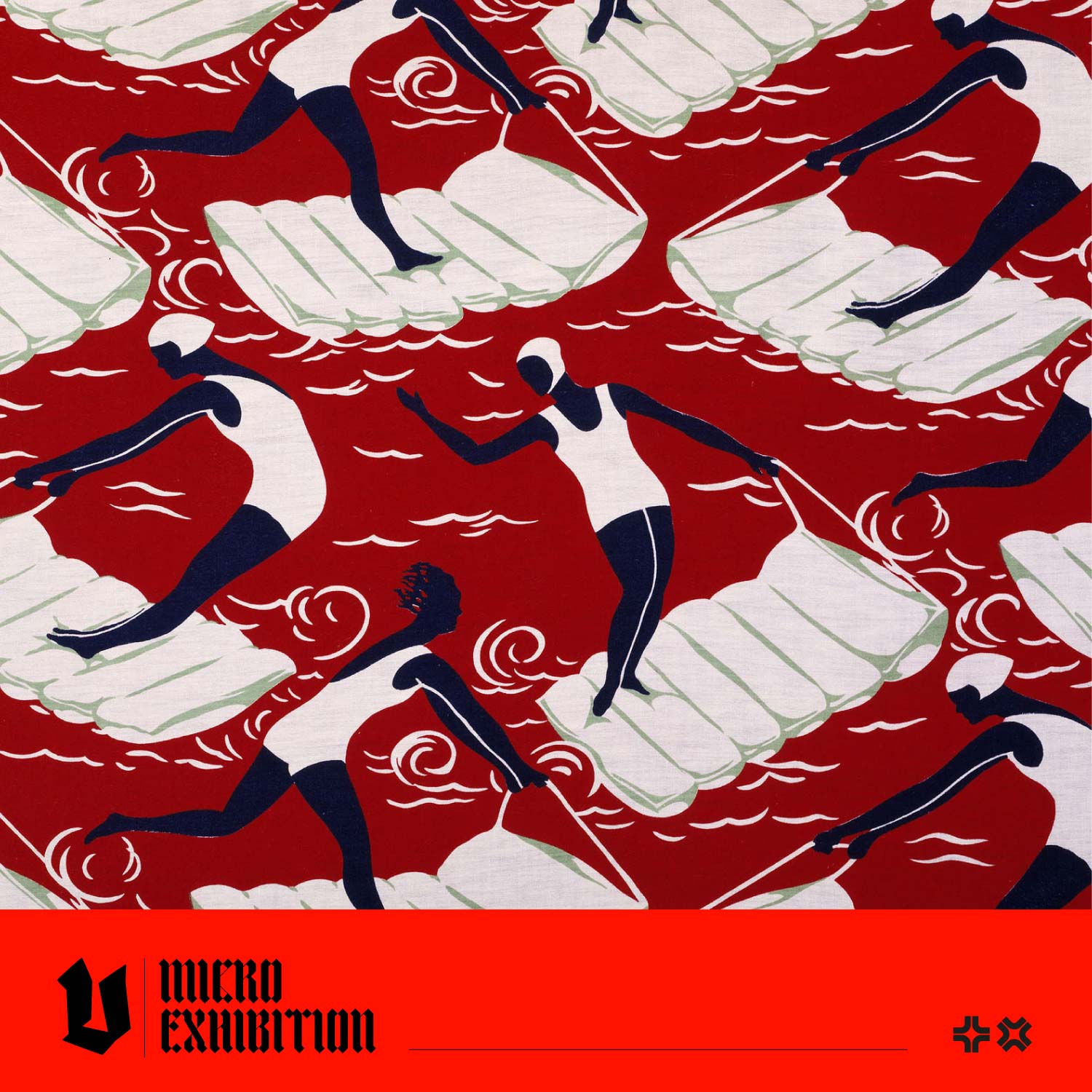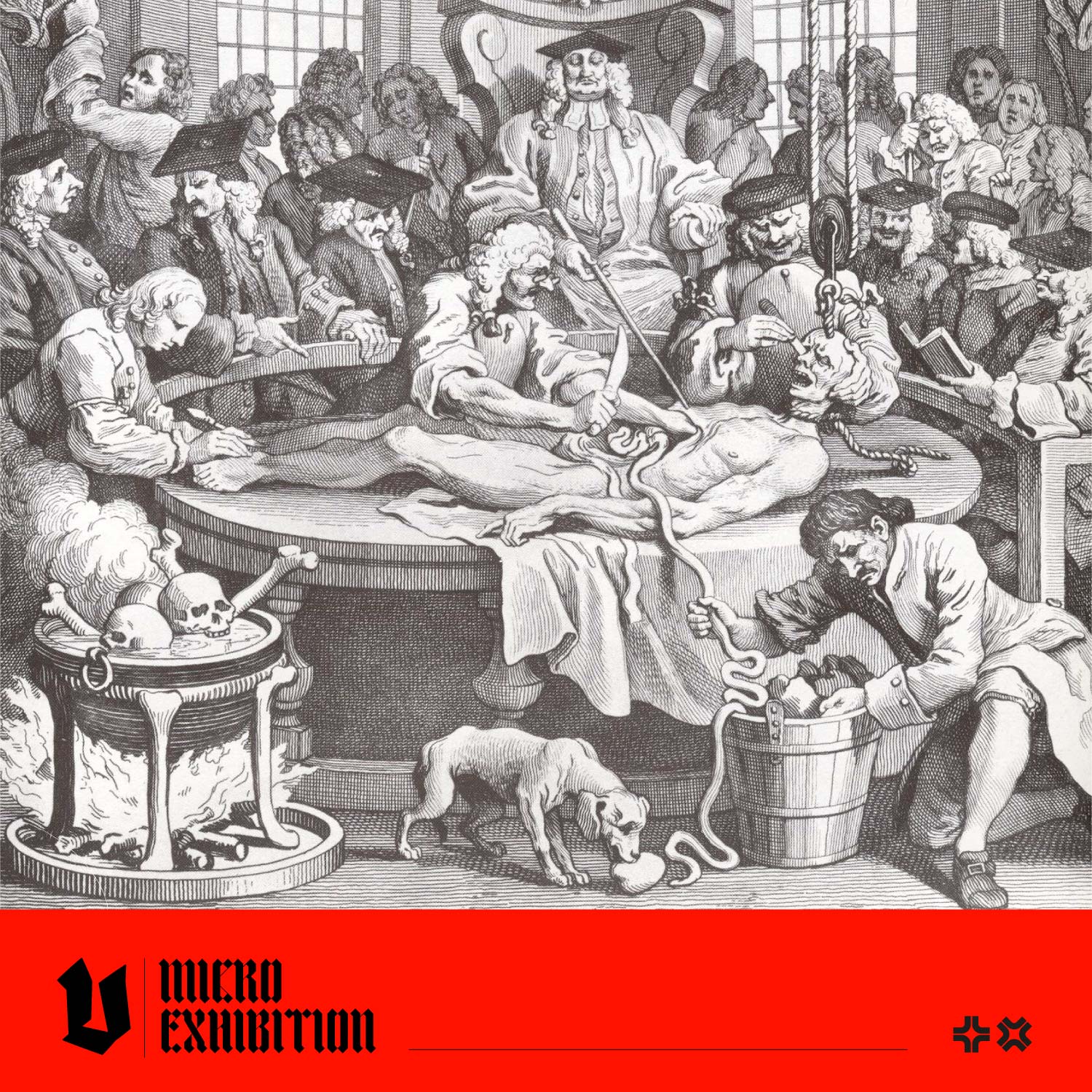Exploring the Elegance of Art Deco: Five Distinctive Traits You Need to Know
Art Deco, with its sleek lines, bold colours, and opulent materials, epitomises the glamour and sophistication of the early 20th century. It emerged in France in the 1920s, where it was known as Jazz Moderne or 'le style moderne' and into Western Europe and the USA in the 1930's. Art Deco left an indelible mark on architecture, decorative arts, fashion, and beyond. This article will delve into five key traits that define Art Deco design, showcasing its elegance and enduring appeal.
Geometric Shapes and Patterns:
Art Deco is characterised by its embrace of simple geometric forms, such as triangles, circles and squares. A repetitive geometric pattern is an iconic example of an Art Deco design, as seen in this example from the V&A Museum. The Chrysler Building in New York City is a testament to this aesthetic, featuring multiple examples of Art Deco design, including the lobby and exterior ornaments. One of the first things you will notice about the Chrysler Building is its iconic crown spire, decorated in a stunning geometric pattern. 
The Chrysler building's distinctive Art Deco crown and spire
Streamlined Forms and Symmetry:
Simplified animals, people, and botanical themes are hallmarks of Art Deco design, and these elements are often combined with smooth curves and symmetrical details, such as a sunburst motif. Ceramicist Clarice Cliff is famous for her Art Deco-inspired works, which feature geometric shapes, symmetrical patterns, bold colours, and clean lines. 
Clarice Cliff poster for exhibition at the Warwick Museum, via the V&A Museum
Luxurious Materials:
Art Deco is synonymous with luxury, often incorporating rare woods, metals, glass, and gemstones into its creations. The Queen Mary ship is considered an exceptional example of Art Deco design. 56 types of wood were used in the ship's decoration, and six of the woods used are now extinct. Another example is René Jules Lalique's glass art, which features intricate patterns and motifs inspired by nature, crafted with exquisite craftsmanship and attention to detail.
Spirit of the Wind by Lalique, via V&A Museum
Bold Colors and Contrasting Tones:
Art Deco's vibrant colour palette, characterised by bold hues and contrasting tones, adds drama and visual impact to its designs. A.M. Cassandre's iconic poster designs, with their bold colours and striking compositions, capture the dynamic, adventurous spirit of the era and remain influential to this day. Fabric designers also embraced bold colour schemes to create dramatic visual effects and evoke a sense of glamour and vitality.
Surfers, dress fabric, manufactured by Calico Printers' Association, 1937, Manchester, England, via V&A Museum
Social Influences:
Art Deco designers were influenced by the rapidly changing society they lived in. Technological advancements, like the automobile, skyscrapers, and ships, were hugely impactful, as were the era's industrial and mechanical developments. In the wake of World War One (1914-1918), artists were inspired to revisit the ancient Greek and Roman world as a balm to the horrors of war. It was also a time of archaeological discovery, and artistic elements of Africa, Asia, and Mesoamerican arts were significant inspirations. 
Furnishing fabric, Steiner & Co, about 1920, England via V&A Museum
We hope you have enjoyed this brief introduction to Art Deco design. If you're inspired to learn more about artistic movements of the past, head to The Vault Zine to learn about Art Nouveau.




